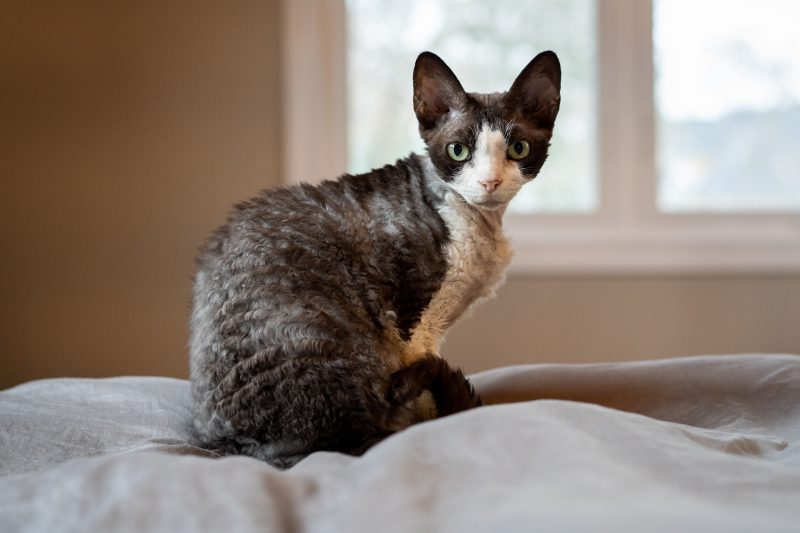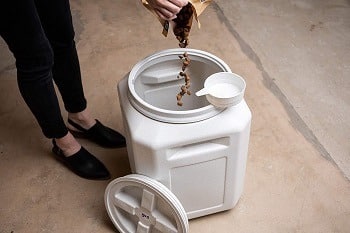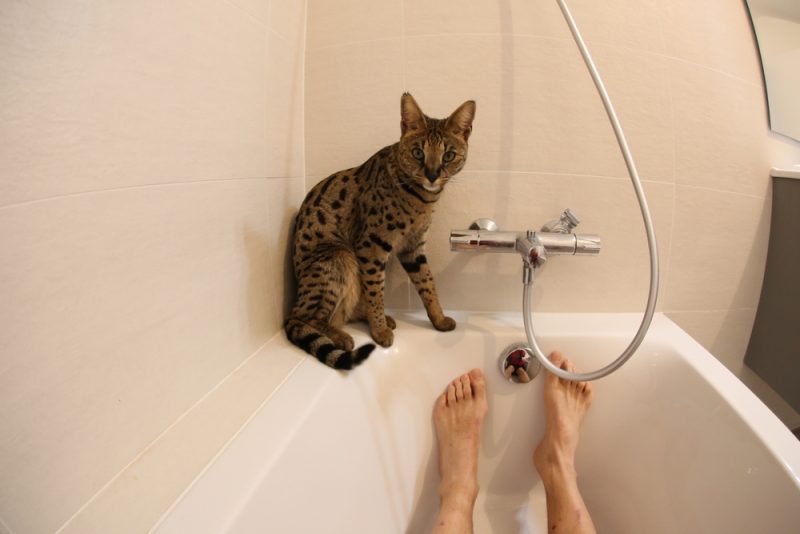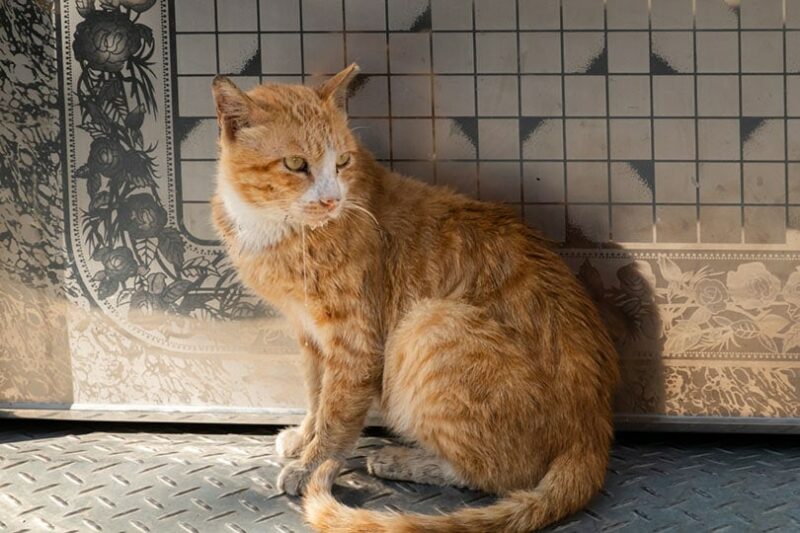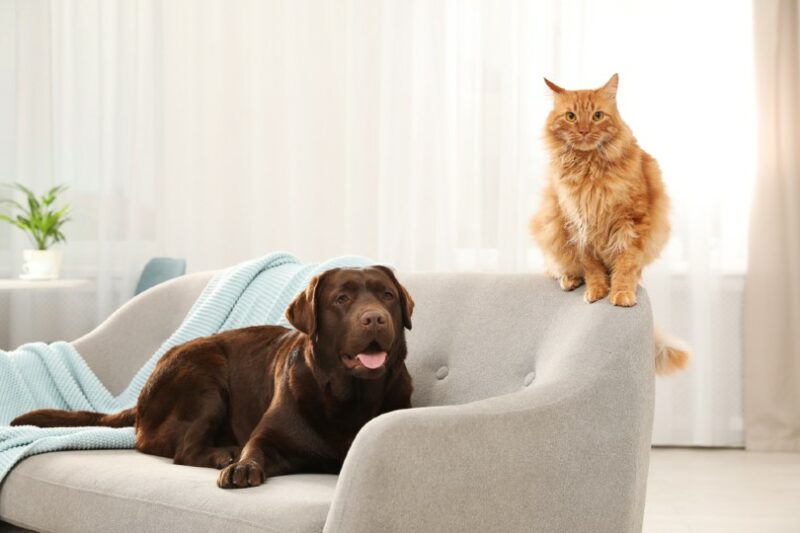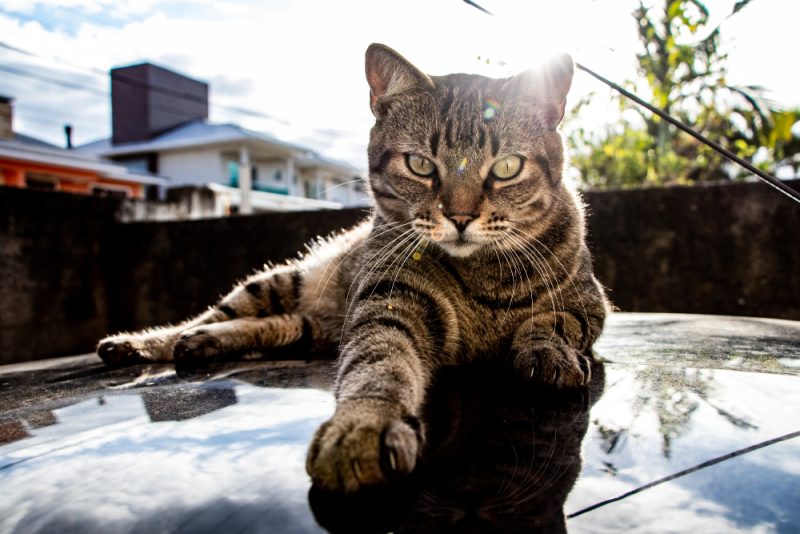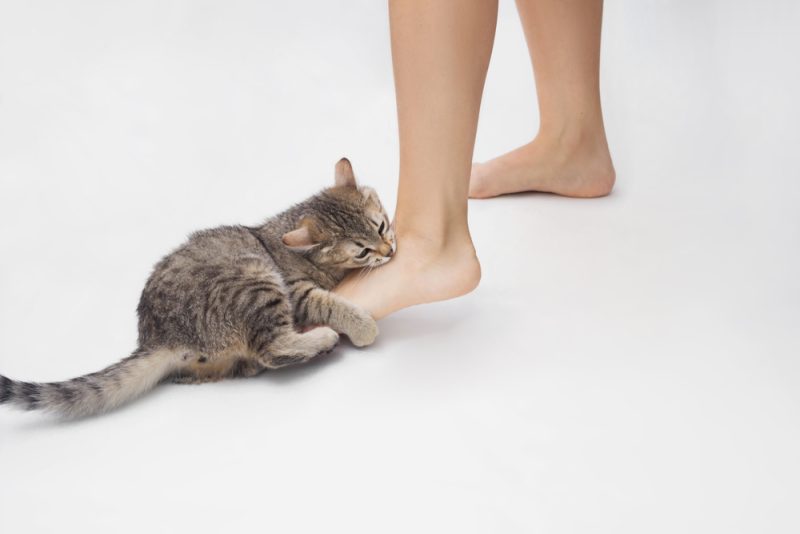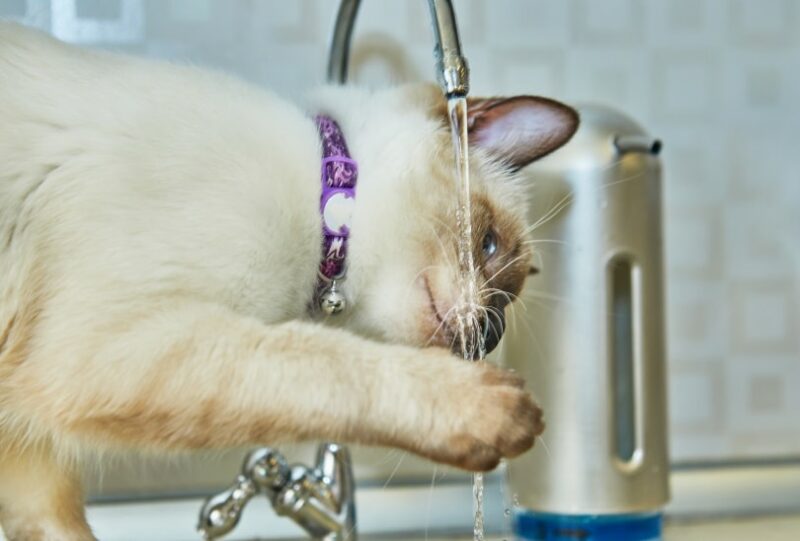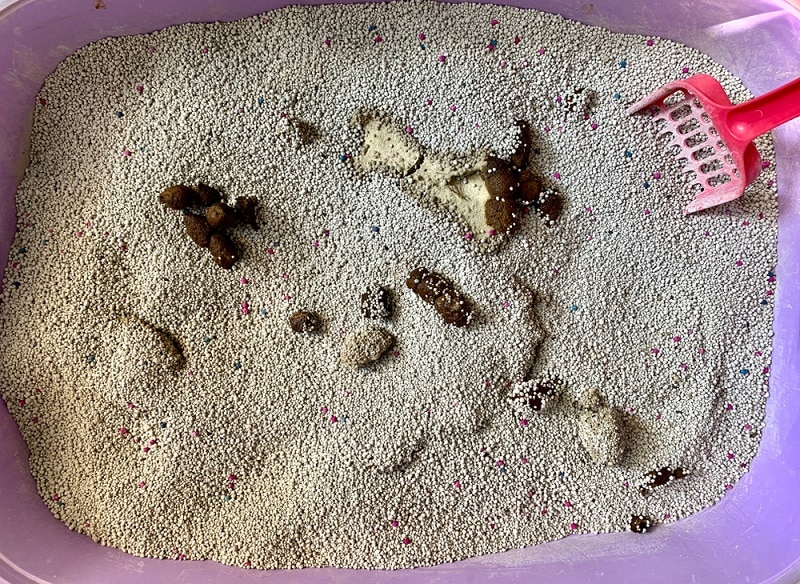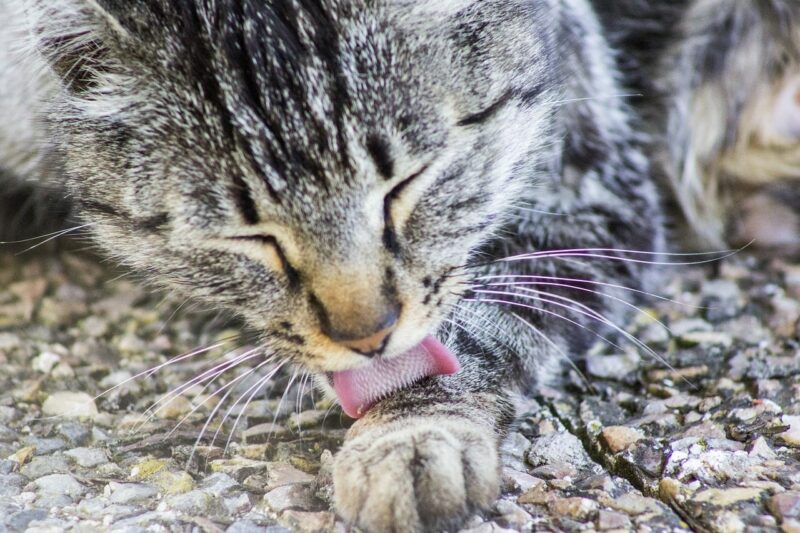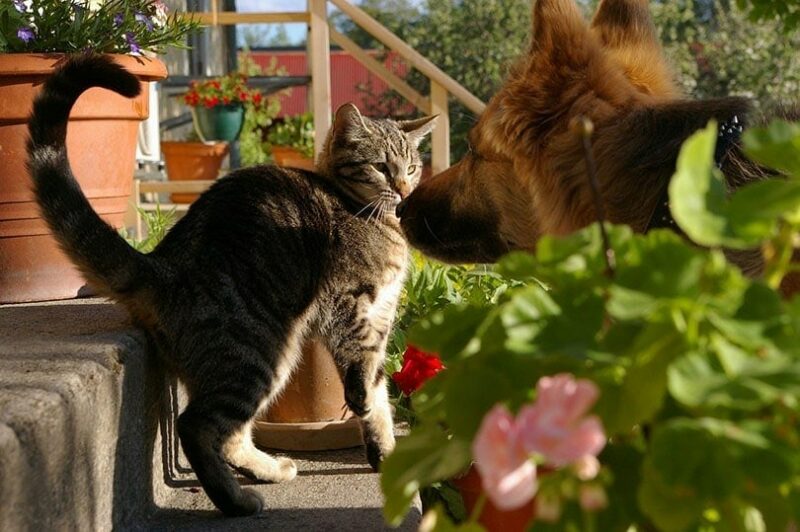Think your cat is just winking at you in a mysterious, adorable way? Think again! If your furry friend keeps one eye closed most of the time, it might be more than a quirky habit. It could signal an underlying health issue. Cats are masters of subtlety, and squinting can be their way of saying, “Hey, something hurts!”
From scratches and infections to serious eye conditions, there are several reasons your kitty may be squinting. Don’t panic, though; many eye problems are treatable if caught early. Let’s dive into the main causes and discover how you can help your cat stay bright-eyed and comfortable.

The 4 Reasons Your Cat Keeps One Eye Closed
1. Eye Injuries: Scratches and Pain
Cats are curious adventurers, but sometimes that curiosity comes with a price. A scratch to the cornea, the clear layer at the front of the eye, is one of the most common eye injuries. Even a tiny scratch can be painful enough to make your cat keep one eye shut.
Treatment often involves pain relief, anti-inflammatory medication, and sometimes antibiotics

2. Feline Conjunctivitis: Pink Eye in Cats
Just like humans, cats can get pink eye (or conjunctivitis), which inflames the thin membrane covering the eye and eyelid. This irritation often makes your cat squint or close one eye completely, sometimes accompanied by tearing or mild discharge.
Most cases stem from bacterial or viral infections. Prompt veterinary care is essential to prevent the infection from worsening. Treatment usually includes antibiotic eye drops or ointments, which can bring quick relief. Keep an eye on your cat’s overall behavior—if they seem lethargic or lose appetite, let your vet know, as these can indicate more than just a simple eye infection.
3. Uveitis or Glaucoma: Serious Eye Conditions
Sometimes a squinting cat is trying to tell you something more serious. Uveitis is inflammation of the eye’s vascular layer, while glaucoma involves increased pressure inside the eye. Both conditions can make your cat keep one eye closed and are potentially blinding if left untreated.
Watch for warning signs like redness, cloudiness, or abnormal pupil shapes. Your cat might also have trouble seeing clearly, bump into furniture, or appear more cautious in their movements. Early veterinary intervention is critical. Treatments can save vision and relieve discomfort.
If you need to speak with a vet but can't get to one, head over to PangoVet. It's an online service where you can talk to a vet online and get the advice you need for your pet — all at an affordable price!

4. Foreign Objects: Something in the Eye
Even indoor cats aren’t immune to eye irritants. Dust, plant material, litter, or tiny debris can get lodged in your cat’s eye, causing pain and squinting. Outdoor cats are especially prone to this, but it can happen indoors, too.
A cat with a foreign object in the eye may paw at it constantly, tear more than usual, or seem generally annoyed. Trying to remove the object yourself can be risky, so it’s safest to contact your vet immediately. Quick professional care ensures your cat avoids scratches or infections from rubbing their eye.
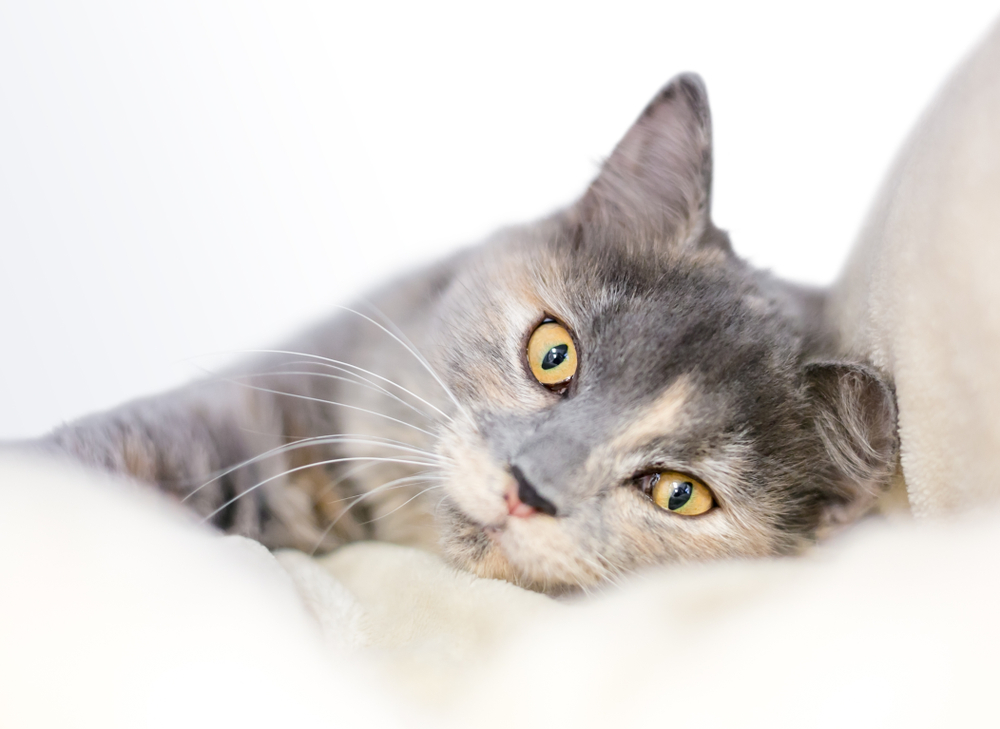

Tips For Keeping Your Cat’s Eyes Healthy
- Stay Up-to-Date on Vaccinations – Vaccines protect against certain infections that could affect your cat’s eyes, keeping them healthier in the long run.
- Check Eyes Regularly – Inspect your cat’s eyes for redness, cloudiness, unusual discharge, or changes in shape and color. A quick daily glance can help spot problems early.
- Clean Carefully – If discharge appears, gently wipe it away using a clean cotton ball dipped in water, starting at the inner corner and moving outward. Always use a fresh cotton ball for each eye to prevent spreading bacteria.
- Observe Behavior – Squinting, rubbing, or sudden changes in behavior can hint at eye discomfort. Keeping a log of these signs can help your vet diagnose problems quickly.
- Create a Safe Environment – Reduce the risk of eye injuries by trimming your cat’s nails, keeping litter boxes clean, and avoiding plants or materials that could irritate their eyes.
Even small daily habits can make a big difference in preventing eye issues. A little preventive care goes a long way in keeping your cat comfortable and happy.
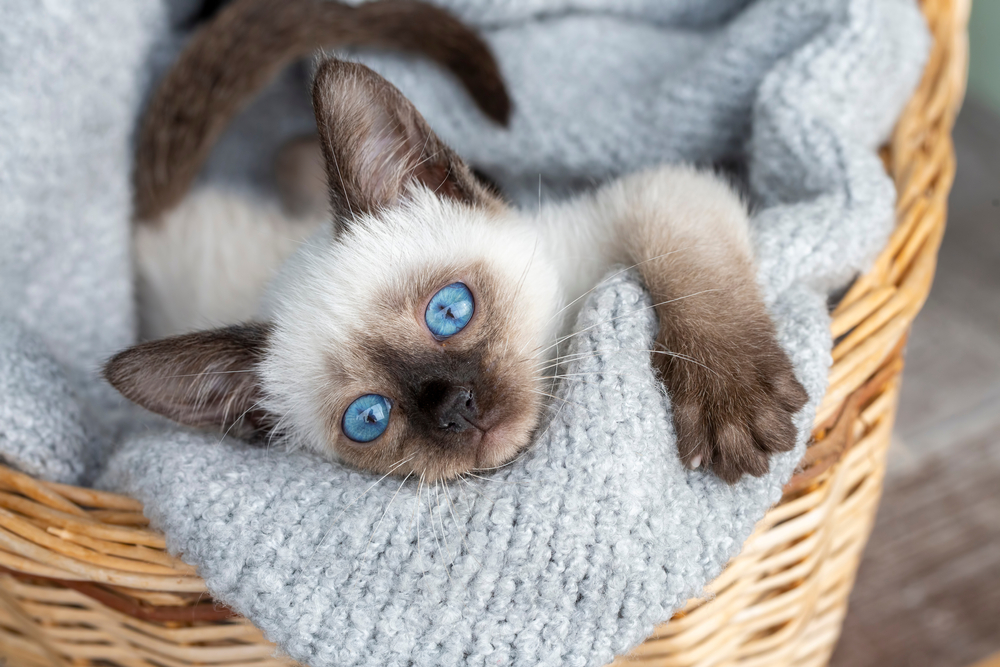

Conclusion
Cats are masters of subtle signals, and a closed eye can be one of their ways of saying something’s wrong. While it might just be a fleeting wink, it could also indicate pain, infection, or a more serious eye condition.
Stay observant, provide gentle care, and never hesitate to consult your vet. With a little attention and love, you can help your cat see the world clearly—and keep those adorable winks safe, healthy, and pain-free.
Feature Image Credit: Dirk Jan de Graaf, Shutterstock
Did You Know?
- Our brand-new posts are rounded up and included in our weekly emails. Don’t miss out on the latest – sign up for our newsletter below!


